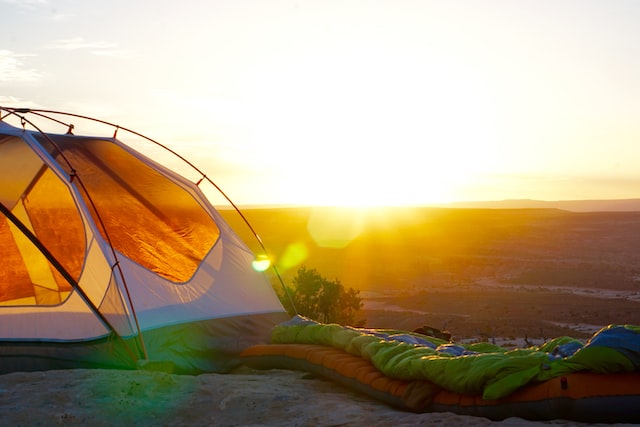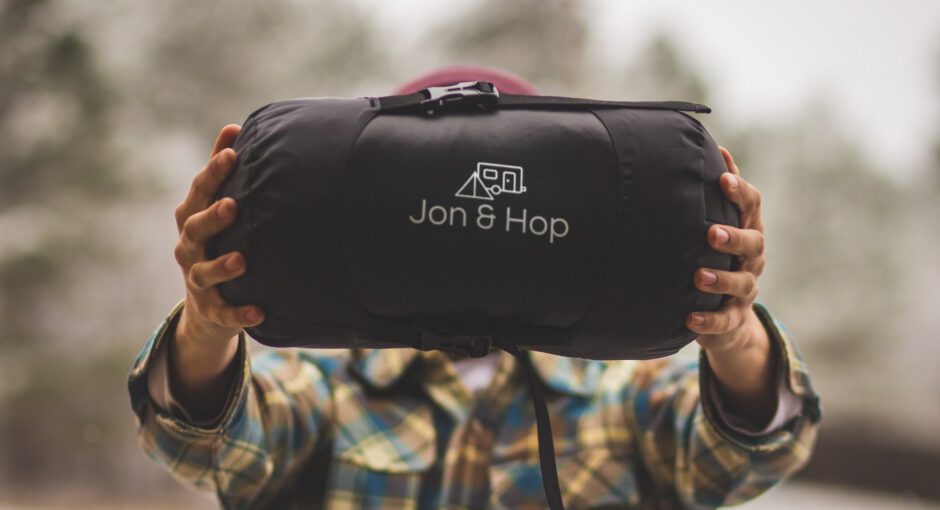Choosing a sleeping bag can be a daunting task. With so many different types, sizes and shapes available, it can be hard to know which one is right for you. This article will provide a comprehensive guide to help you find the perfect sleeping bag for your next camping trip or outdoor adventure.
Types of Sleeping Bags
When selecting a sleeping bag, the first step is to determine what type of sleeping bag is best for the climate and environment you’ll be camping in. Here are the most common types of sleeping bags:

- Mummy Sleeping Bags: These are the most common type of sleeping bag and are designed to be lightweight and insulated. The shape is tapered at the feet and head to provide more warmth and reduce weight.
- Rectangular Sleeping Bags: These are the traditional design and are roomier than mummy bags. They are great for cooler temperatures, as they provide more insulation, but are heavier and bulkier.
- Synthetic Sleeping Bags: These are usually less expensive than down sleeping bags and are better suited for wet environments and activities like rafting.
- Down Sleeping Bags: These are typically the lightest and most compressible type of sleeping bag. They are also more expensive than synthetic sleeping bags, but they provide the best warmth-to-weight ratio.
Temperature Rating
Once you’ve decided on the type of sleeping bag you need, the next step is to determine the temperature rating. Sleeping bags usually come with a temperature rating which indicates the lowest temperature a particular sleeping bag is designed for. Here are the common temperature ratings:
- Summer-weight: These are the lightest and most compact sleeping bags. They are designed for temperatures between 50 and 70 degrees Fahrenheit.
- Three-season: These are slightly heavier and more insulated than summer-weight sleeping bags. They are designed for temperatures between 30 and 50 degrees Fahrenheit.
- Winter-weight: These are the warmest and bulkiest sleeping bags. They are designed for temperatures below 30 degrees Fahrenheit.
Size and Shape
The size and shape of a sleeping bag can make a big difference in how comfortable you are while camping. Here are some factors to consider when selecting the right size and shape:

- Length: Sleeping bags are usually available in a range of lengths, from short to extra-long. If you are taller than 6 feet, you should opt for an extra-long sleeping bag.
- Width: Most sleeping bags are designed to be wide enough to fit two people, but if you are looking for more room, you can opt for a wider sleeping bag.
- Shape: The shape of a sleeping bag can also make a difference in how comfortable you are. There are two main shapes: tapered (for weight savings) and rectangular (for more room).
Conclusion
Choosing the right sleeping bag can make your camping trip more enjoyable and comfortable. By following this guide, you can find the perfect sleeping bag for your needs. So, take the time to consider the type, temperature rating, size and shape of the sleeping bag before making your purchase.






